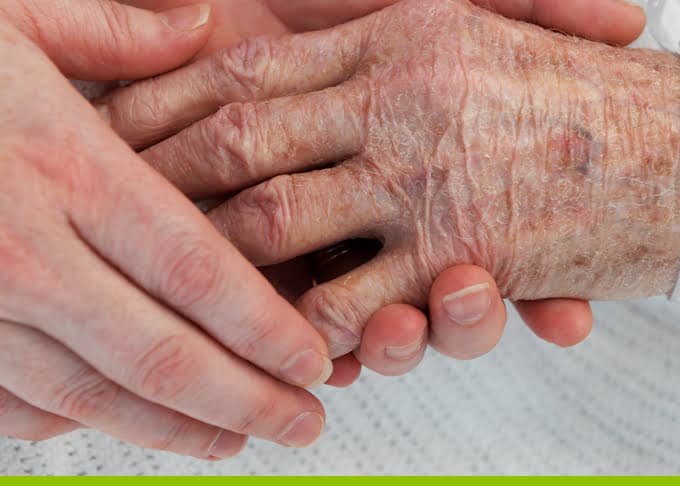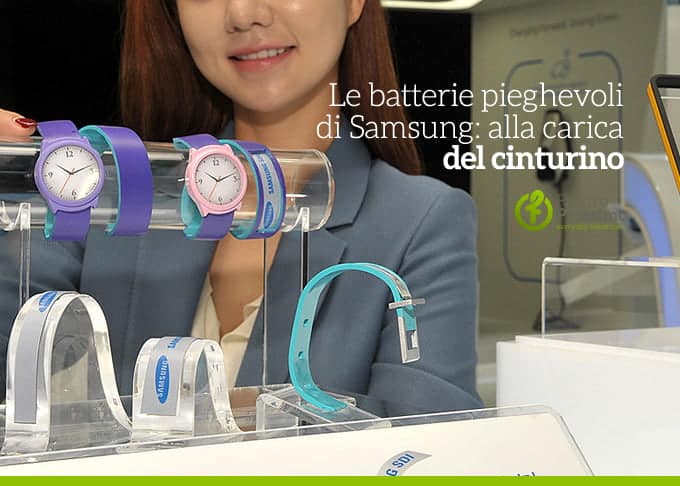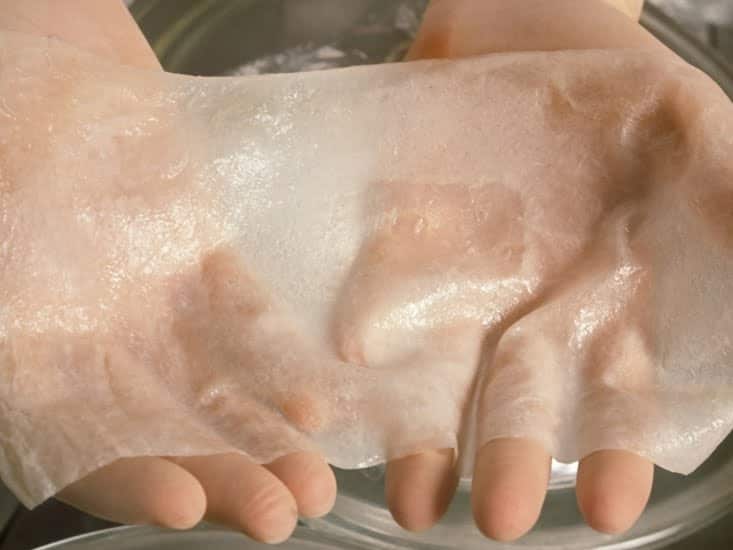The Breath, the future of clean air
It's called The Breath, and it's an entirely Italian invention: it's an innovative method for purifying the air inside our homes. The Breath is a special multi-layer fabric that makes the environment healthier: it is in fact capable of absorbing, blocking and breaking down the polluting molecules present in the atmosphere. The system is not powered by external energy sources of electrical or fossil origin. Just place it on a wall like a normal panel or a painting, and The Breath will do the rest: it guarantees performance... Read more







